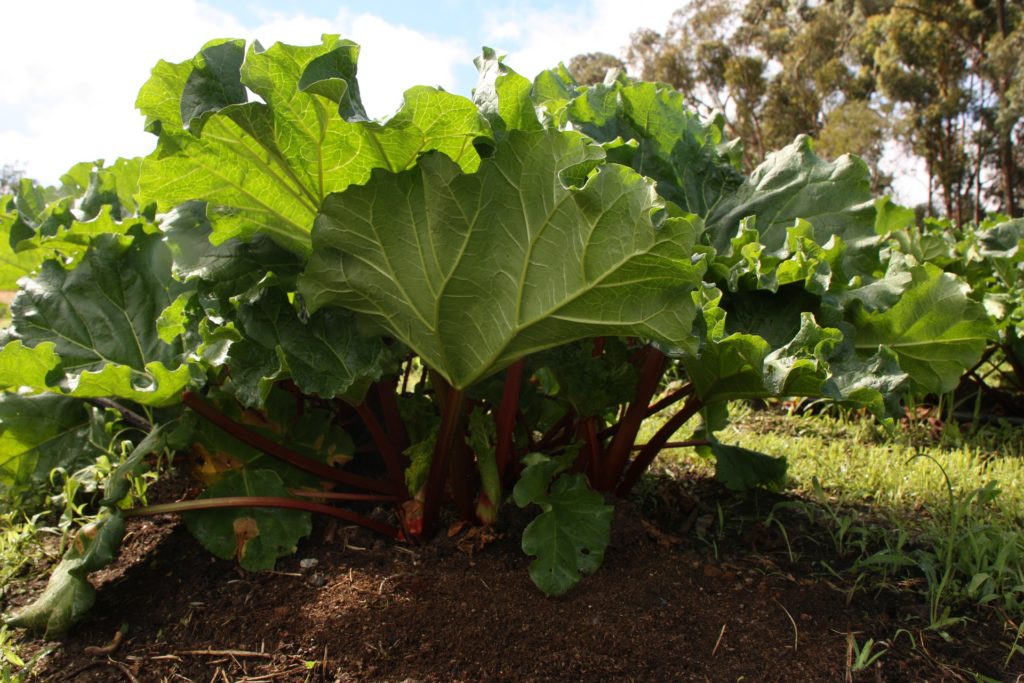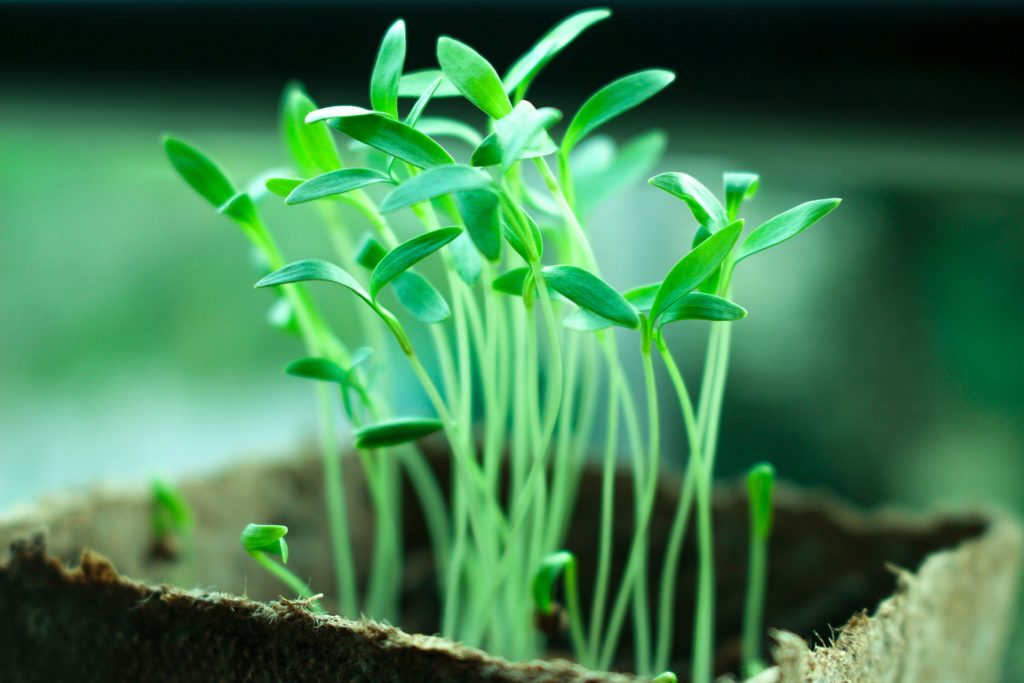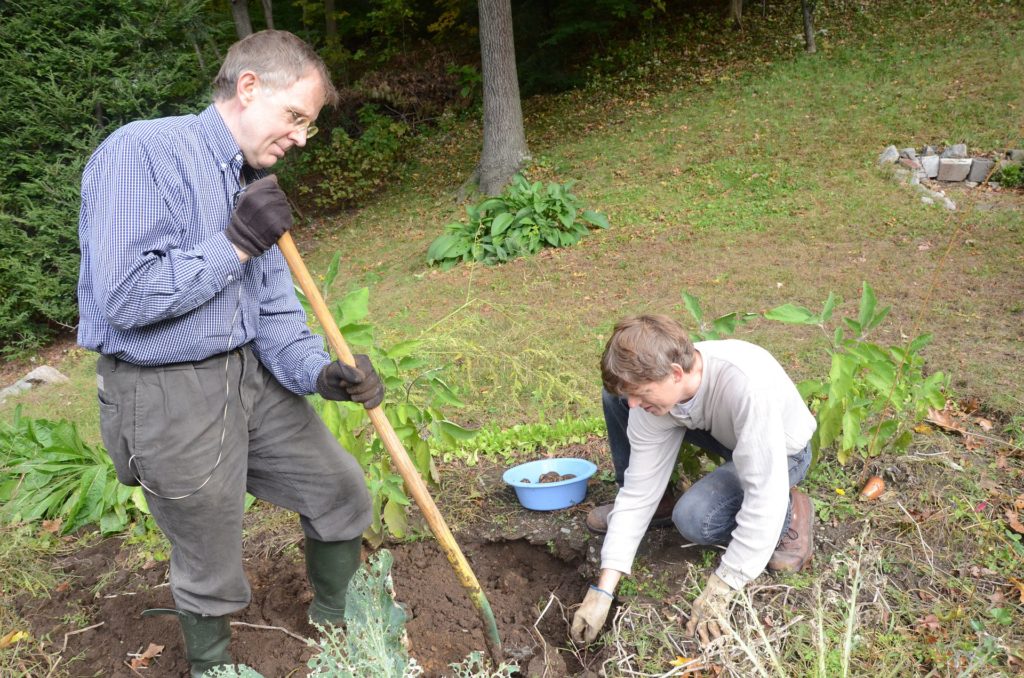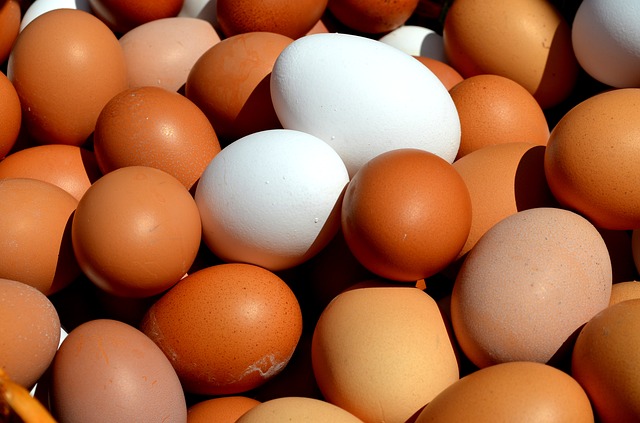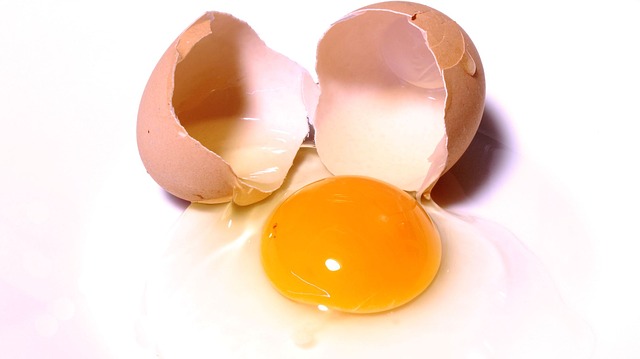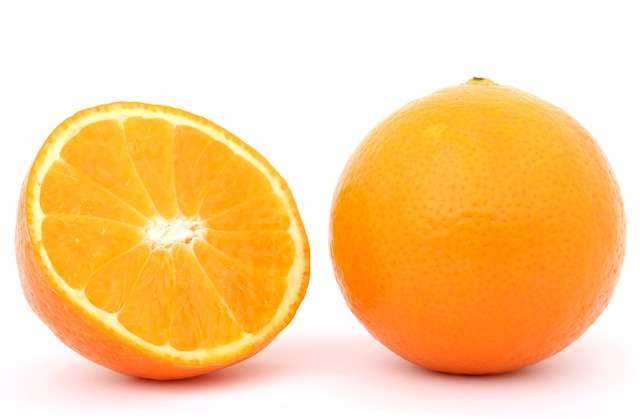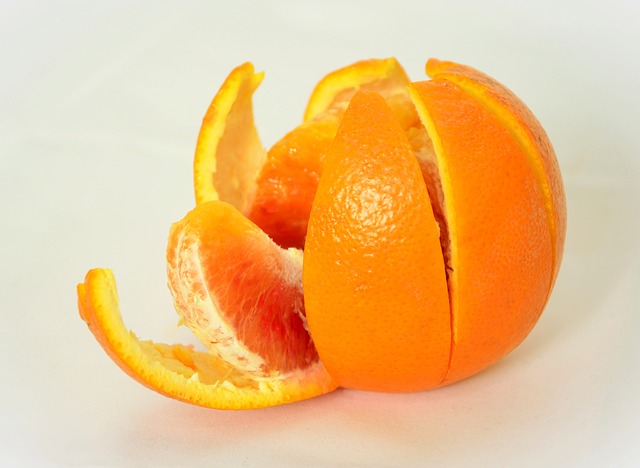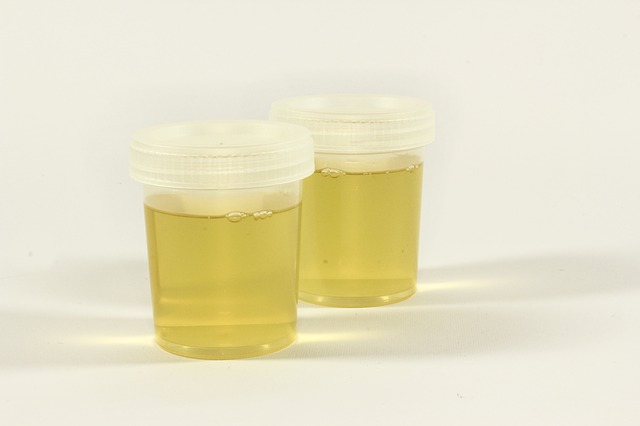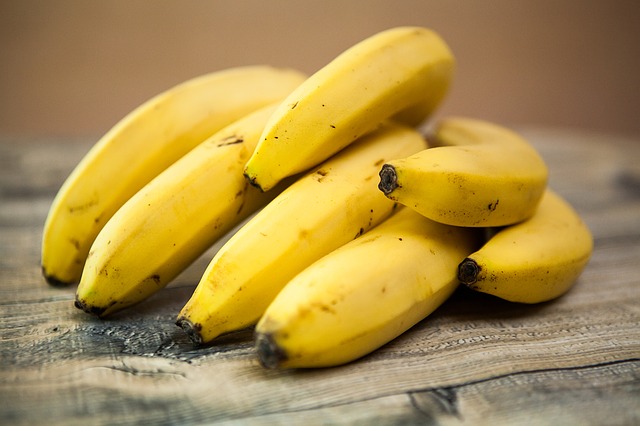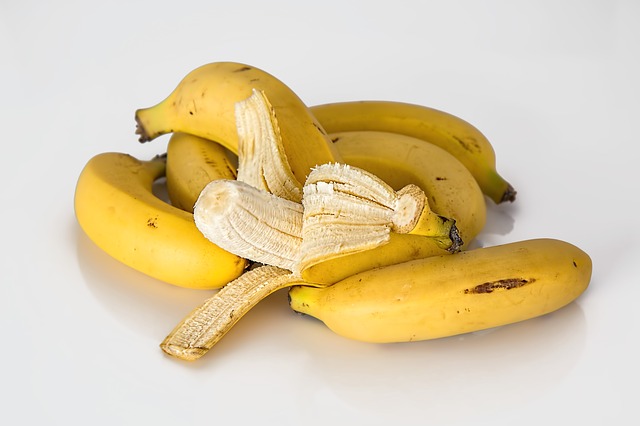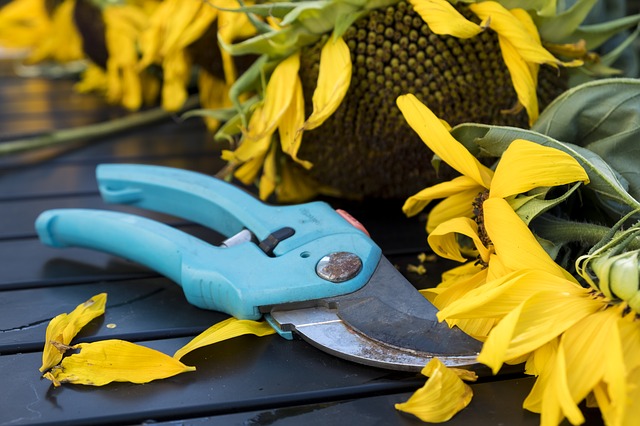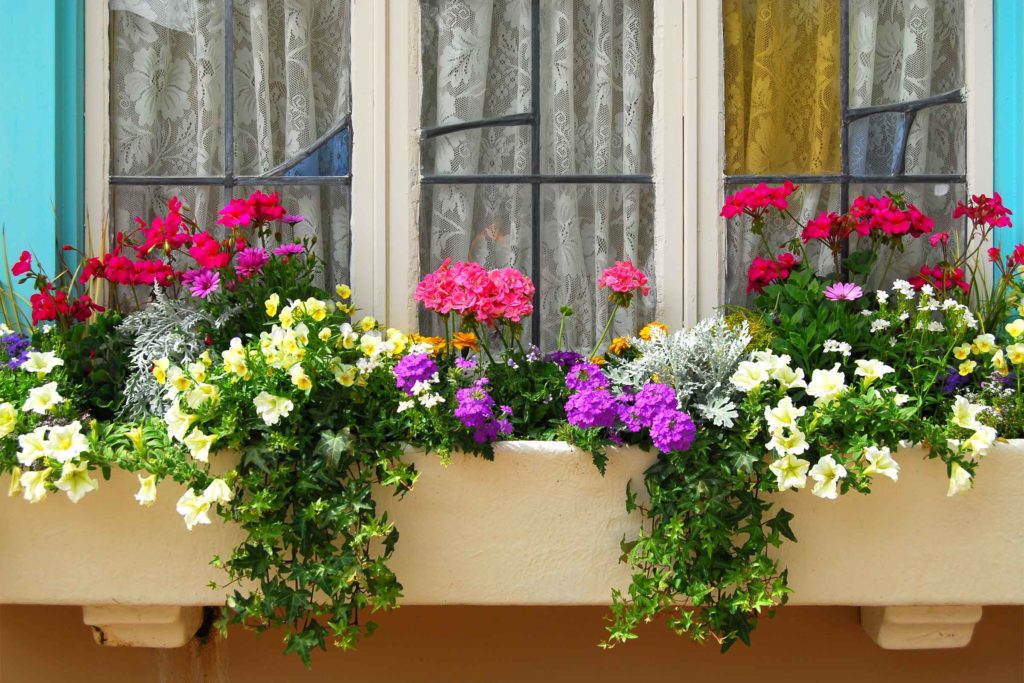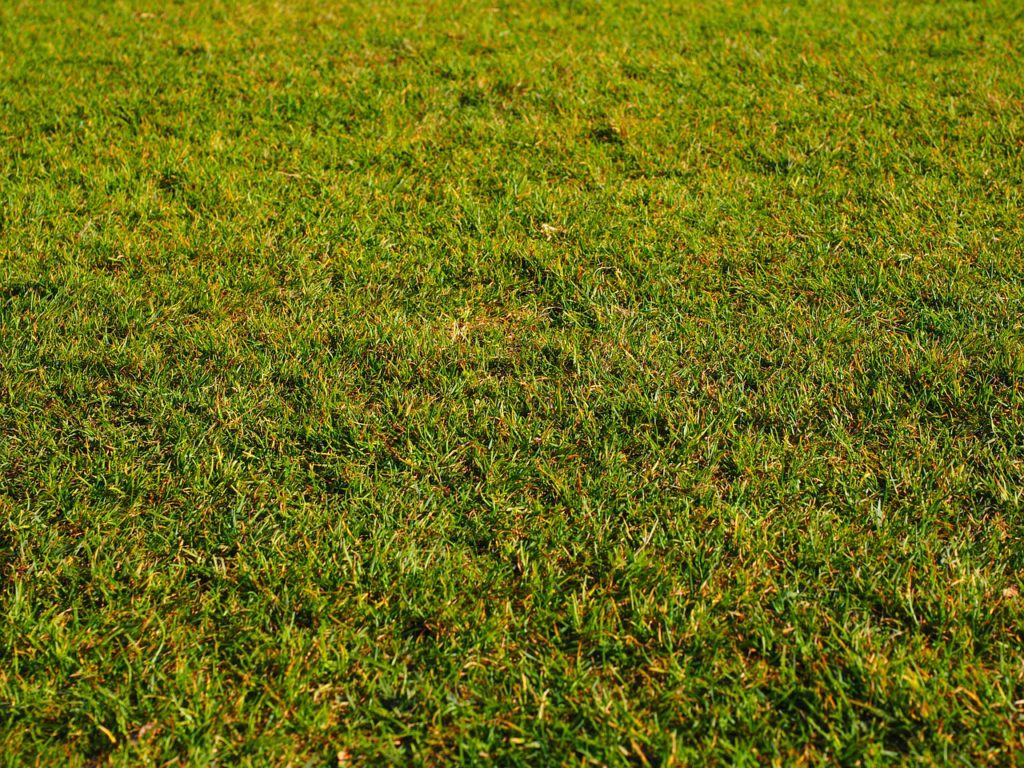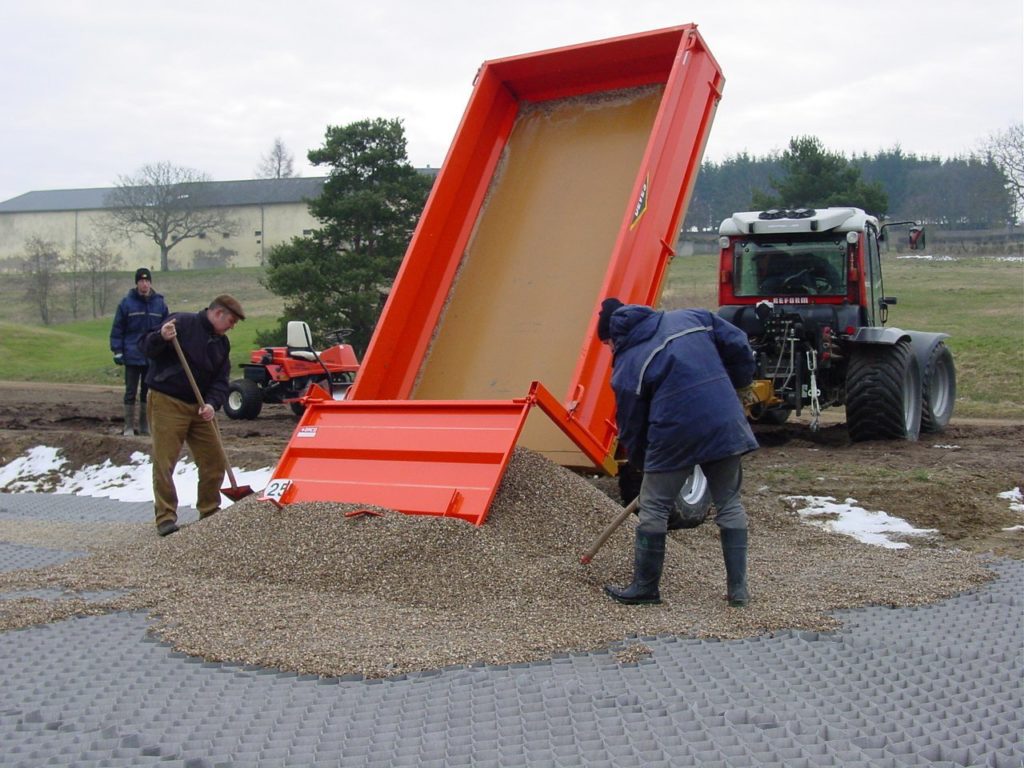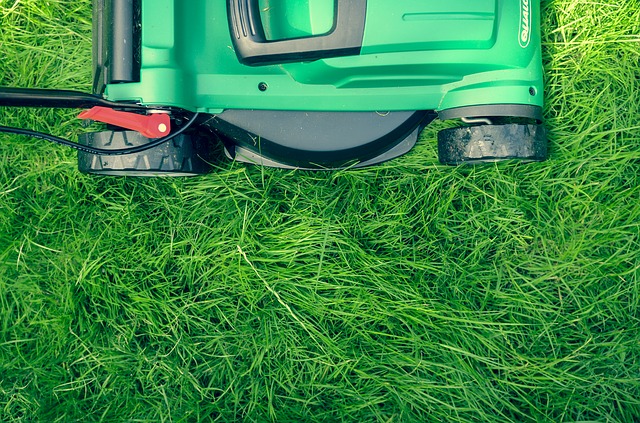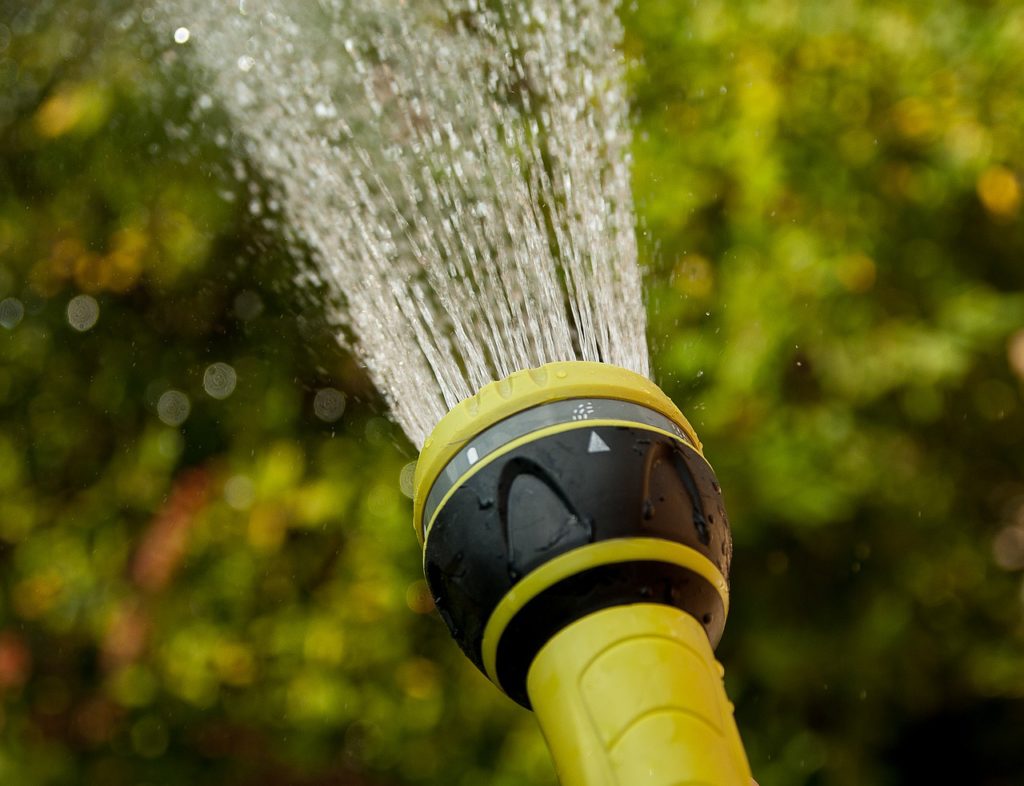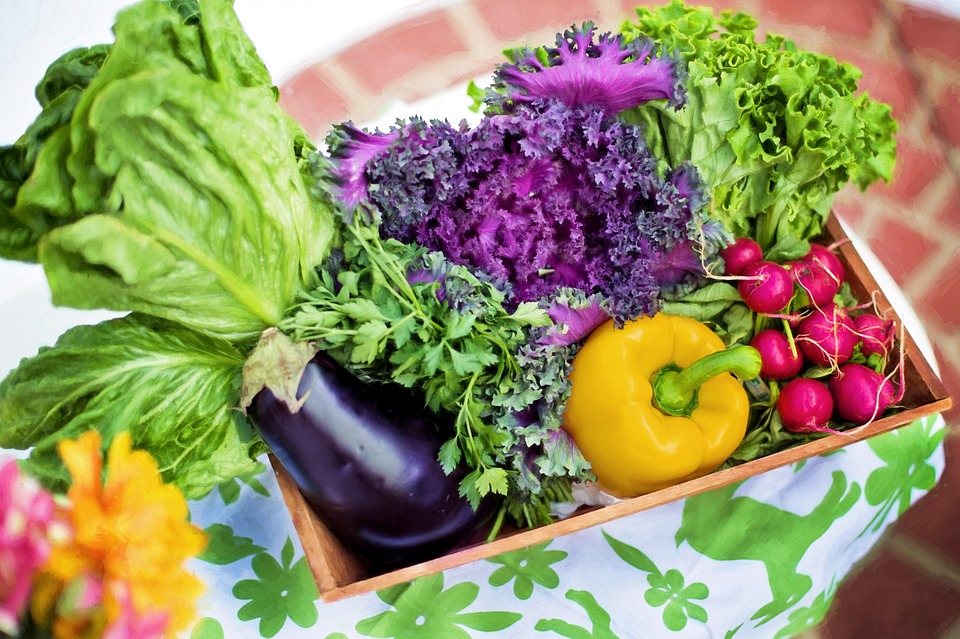
It can take years of planting and care to create a magnificent garden. That’s why the prospect of relocating or moving houses can induce anxiety in gardeners. Whether you plant ornamentals, or if you grow your own vegetables, having to start over can be a daunting task. Many gardeners and hobbyists also keep expensive or heirloom plants, that may be difficult to replace. Here are some suggestions for safely relocating your plants to your new home.
Check Laws
If you’re just moving across town, this probably isn’t a big deal, but there are often very specific restrictions on what you can move across state lines or even international boundaries. It’s imperative that you don’t introduce any invasive species to a new area, and to make sure that you aren’t bringing any pests or diseases with you. Contact your local department of agriculture to find out what you can and can’t bring with you.
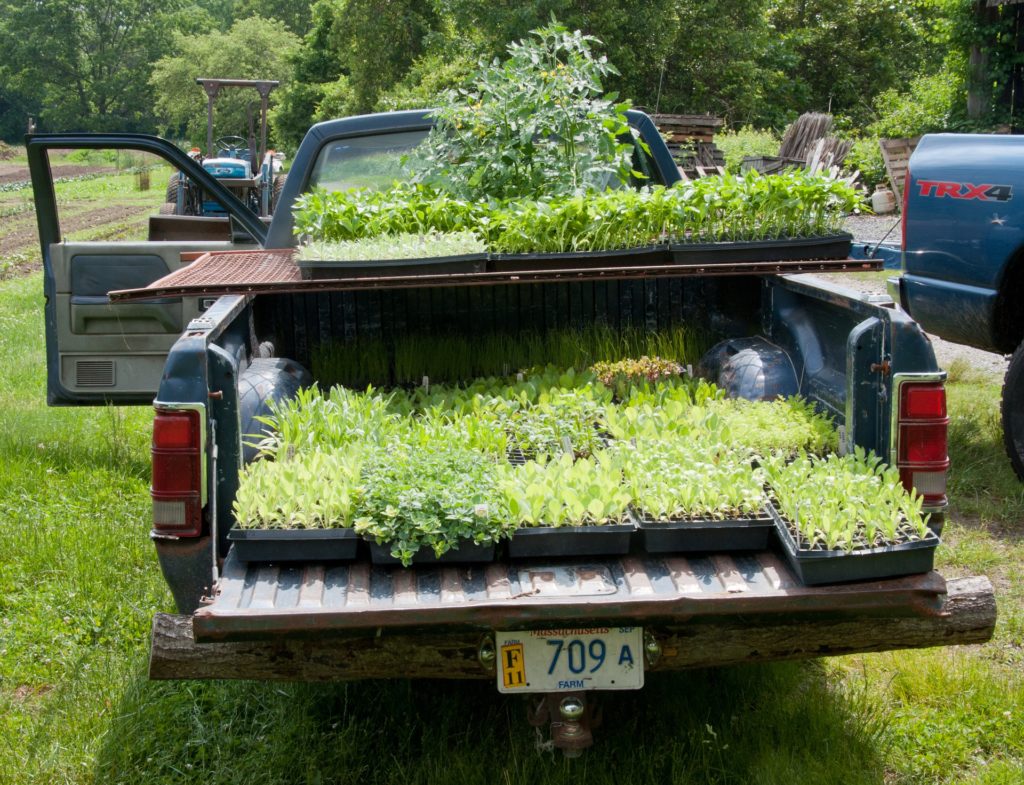
Prepare Your New Plot
If you have access to your new house ahead of the move, see if you can’t do a little bit of work preparing your garden beds for the plants you are choosing to bring. Be particularly attentive to drainage issues, as improper draining can be a nightmare to deal with.
It may be possible to come to an agreement with the person buying your existing home about the fact that you wish to return to remove some of the plants at a later time, especially if you’re moving when the weather will be harder on the plants.
Get The Roots
When removing the plants, you want to make sure that you get as much of the root as possible. Thoroughly soak the roots the day before you plan to remove them to make sure the plant is well-hydrated, and to help loosen the soil.
If they’re not going to be out of the ground for long, you can line some cardboard boxes with plastic and put the plants you wish to keep in there with plenty of soil. If you’re making a longer trip, you may want to consider potting the plants to help protect them during the move.
Handle With Care
Check with your moving company to see if they will move your plants. Even if they will, you may want to move them yourself so you know that they are being properly cared for. Keep the plants out of direct sunlight and as cool as you can.
Leaving them in the back of the car on a hot summer day is a great way to wilt them quickly. Make sure that they are packed loosely and that other items you’re moving don’t crush or damage them.
Plant Them Quickly
You will want to get your plants back in the ground as quickly as possible. The best time to replant them is in the evening hours when it is cooler and they will have the whole night to soak up water before the sun hits them the next day. The longer they are out of the ground, the more likely it will be that they have difficulty adjusting to their new home. Be sure to cover them with a thick layer of mulch to help retain moisture.
Tend Them Carefully
Once in the ground, inspect the plants for any damaged leaves, branches, or stems, and remove the damaged ones so that they don’t sap resources from the healthy parts of the plant. You may want to find a way to shade them for the first few days to allow the root system to re-establish itself before exposing the plants to direct sunlight. Pay attention to any signs of wilting and water immediately if necessary.
Remember that any time you remove a plant from its home, you will shock the entire plant. Don’t be surprised if some of your plants seem to lose some of their vitality for weeks, or possibly even the rest of the season. Feed your plants as necessary, and give them plenty of time to adjust. It may be next spring before they return to their former glory, but when they do, it will have been worth it.
Author Bio:
Elizabeth Lee is a content expert and a blogger specializing in the areas of business and logistics, but also enjoying lighter topics like self-improvement, travel or gardening. Currently writing for PACK & SEND, Elizabeth might often be found online, sharing her tips with businesses and individuals alike. Feel free to follow her at @LelizabethLee86.
Start Shopping for Gardening Supplies!
The Best Places To Find Free Composting Materials
Many people are interested in composting but feel like they don’t have access to enough organic materials. Luckily there are a range of places you can find free composting materials to get started or make your current pile bigger. Here are some of the best and easiest...
4 Steps to Get Your Garden Ready for Spring
After being cooped up all winter, you may be dreaming about harvesting from a lush summer garden. But before you get there, there’s a lot of work to be done to get the garden ready. Spring garden prep can be intimidating, especially if your garden beds have been left...
What Not To Compost
Composting has many excellent benefits. It allows you to recycle organic material which can then be used to help to enhance your soil. And of course, it’s an environmentally friendly way to reduce trash. But before you get started you’ll need to know what not to...
How To Build A Vegetable Garden That Is Both Tasty And Attractive
A healthy vegetable garden can provide you with hours of stress-busting, mental health-boosting fun and give you and your family healthy, organic produce to eat for months. If you have even a few square feet of yard space, planting a vegetable garden is easy and...
Using Eggs Shells In The Compost
There are many food scraps that people use in their compost. However, there is one that is often overlooked. Using egg shells in compost is not just a great way to help reduce waste but also boosts the nutrient content of the soil you are creating for your plants....
Using Egg Shells In The Garden
Once you learn how you can use egg shells in the garden you won’t just think about eggs solely as food. Their shells are a free way to add to the health of your soil and plants, but they also have quite a few other helpful benefits as well. Here are the best ways to...
Using Orange Peels In The Garden
Oranges are a healthy snack and ingredient but you’re most likely wasting one of the most beneficial parts, the peel. While we can’t eat them, using orange peels in the garden has many surprising advantages. Here are the top ways you can put your peels to work....
Can You Compost Orange Peels?
If you’ve ever wondered, "can you compost orange peels?" the answer is yes. Although there are a few things you should know when doing so. So here’s your fast guide! Composting Basics When composting, you’ll need to include a mix of both carbon and nitrogen-rich...
Using Urine As Fertilizer
While urine is waste, it also contains nutrients that our bodies can’t use. But your garden can! Using urine as fertilizer is free and as organic as it gets! Here’s what you’ll need to know when thinking about using it. There have actually been multiple studies that...
The Urine-Compost Connection
Composting is all about re-using organic materials. And like the majority of us, you probably have been flushing away one of the most natural ways of all to condition your compost. By adding urine compost can be given a huge boost and that is passed on to whatever...
Using Banana Peels In Compost
Can you put banana peels in compost? You bet you can! While bananas offer us some extremely important nutritional benefits that help us to stay healthy, their peels can be used to add to the health of your compost pile as well. Bananas are one of the most popular...
Using Banana Peels In The Garden
Bananas are both delicious and healthy. And you may have wondered after finishing your morning shake or afternoon snack whether those peels you’ve been throwing away for years could be used for other things. What can you do with banana peels? It turns out quite a lot,...
Common Gardening Injuries And How to Avoid Them
While gardening isn’t necessarily the most dangerous pastime one can think of, injuries do occur. Recent data suggests that in the US alone, over 300,000 gardening injuries occur annually. So whether you are a seasoned gardener or are just beginning, it’s important to...
Filling Those Window Boxes: Flower Species That Thrive With Container Gardening
Those traditional window boxes overflowing with flowers may remind you of summer cottages or childhood dreams. This particular feature is one that you want at your home all year-round. Container gardening for window boxes takes a certain flair for picking out the...
Why You’ll Want To Revamp Your Garden with Artificial Grass
Installing an artificial lawn is an easy and attractive way to improve and revamp your garden. This is because an artificial lawn is like a real lawn, only much better! Artificial grass has been developed to such a high-quality standard that it looks and feels as...
The Best Grass Types For Creating A Drought Tolerant Lawn
Many of us live in dry and arid places. There are many locations around the world that unfortunately for your lawn don’t get much rain throughout the year. For people who live in these places, a green, healthy-looking lawn can seem impossible to have and maintain....
Garden Drainage: How to Avoid a Waterlogged Garden & Patio
Many locations around the world get a lot of rain. With an average of 33 inches of rain per year, this is especially true in the U.K. where it is rare for a day to pass that it is not raining somewhere. Regardless of where you live this can lead to problems with...
Easy Lawn Care? Experts Say It’s Possible With These Tips!
There's no way around it: If you want a lush lawn, you have to work for it. That entails putting in a lot of time, effort, and yes, money. And even if you are hiring experts in lawn care, you will still need to shoulder some of the responsibilities involved. That does...
Water-Wise Landscaping: Avoid Cultivating These Types Of Plants
Water is one of the primary needs of all plants. They need to receive the right amount of hydration to grow and thrive properly. You can ensure your plants get the hydration they need by watering them regularly using a garden hose or watering can, or by having a...
Starting A Vegetable Garden: Motivational Tips For Beginners
Back in the day, our ancestors did not have to go very far to buy vegetables, they just had to step out in their garden and pick up free, fresh veggies. Unfortunately, over generations, most of us have lost touch with our natural gardening instincts due to the busy...
